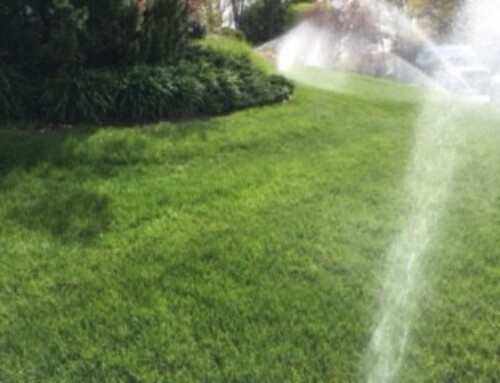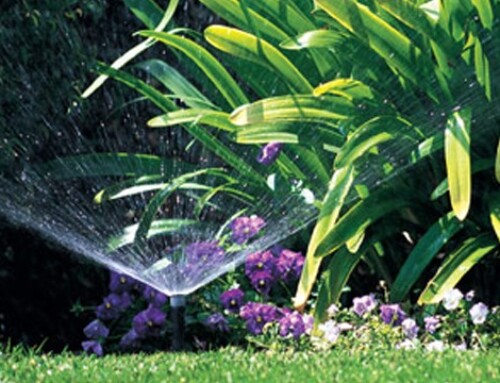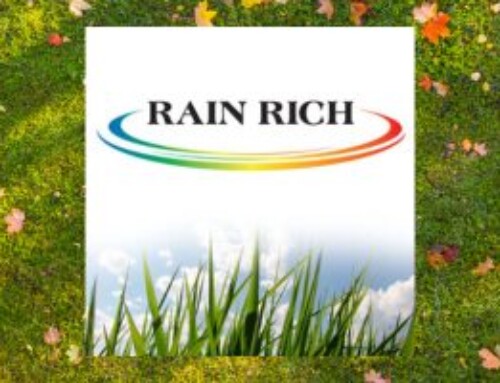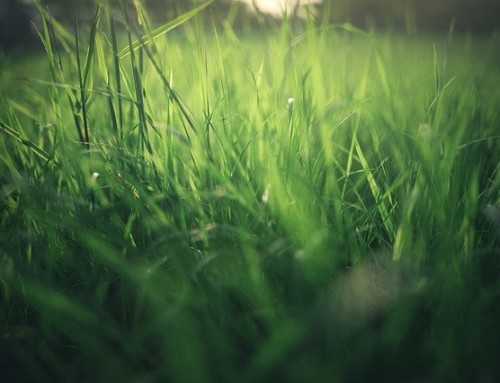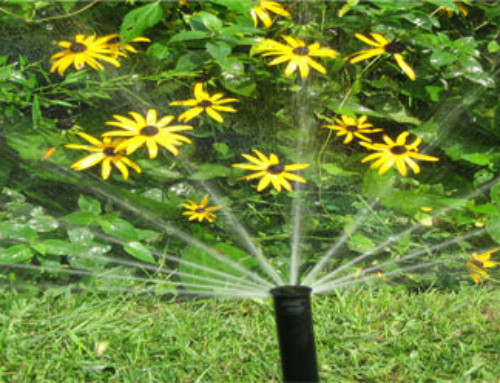In my 30 years as an irrigation contractor, I have heard many misconceptions about irrigation systems, and how they operate. I have always wondered how these ideas have come to be the mainstream thinking. I’ll probably never know how they originated, but hopefully I can dispel these tales.
Myth #1. If you water in the middle of a sunny hot day you will burn your lawn and the leaves on the plants.
This is the myth I hear the most and this is false. The droplet on the leaf of a blade of grass or plant will not act as a magnifying glass and burn. It doesn’t happen after a rain storm and it does not happen with an irrigation system. Farmers water midday all the time and never experience this. Probably what can happen is that if the water supply has been treated with chlorine or has dissolved salts in it then when the water evaporates it leaves a deposit on the leaf and that causes damage. It still is not a good idea to water during the middle of the day if you do not have to because most of the water evaporates before it ever makes it into the soil and then into the plant. However, if your turf and plants are dry then you should water as needed. Golf courses irrigate, also known as syringing (few minutes per zone) the greens on hot days because the irrigation water cools the turf down and reduces stress on the plant.
Myth #2. Watering at night creates fungus.
The best time to water is very early morning and/or just before the sun rises. Typically 2am and later to start the system. The reason being:
- A very calm time of day with little or no wind to blow water around.
- It is much more efficient time because little or no water evaporates so all the water goes into the soil.
- The water pressure is usually better because less people are using water.
- When sprinkler system is connected to house supply there is little competition or sharing of water with household usage.
Usually if you have a problem with fungus it is because of high humidity, heat, and over watering. Certain types or variety, such as Kentucky Blue Grass, dislike the summer heat and humidity.
Myth #3. Water your lawn deeply.
I am not quite sure what that means. The first thing you have to know is what kind of soil you have and what plants need deep watering. If you have a heavy clay soil, like we do on the North Shore of Long Island, then you can only apply 0.1” per hour. You cannot water deeply. If you run your sprinklers one minute more than required then you are over watering, wasting water and leaching nutrients. Twenty minutes on a rotary zone is enough and three minutes on a spray zone should be sufficient for clay soil. For sandy soil you can triple the run times per cycle. Sand holds little or no moisture. Some of my clients have to water every day and for long periods of time. The rule is 1” of watering per week in hot weather for lawns. If you have clay soil then you will need to water every day to apply this amount. You may have to water twice daily for small amounts of time to apply this amount. If you see puddles on your lawn, then you know you are overwatering!
Myth #4. You can train your plants.
Plants, trees and turf have been around for thousands of generations and have done just fine without us. They have chromosomes and genes that have engineered them to survive droughts, wet weather, freezing temperatures, and more. You are not going to teach your plants how to behave. If you want your landscape to do well and thrive then make sure you have great soil with lots of organic matter, good drainage, and plenty of sunlight. Put the correct plants in the proper place. For example; don’t put a shade loving plant in full sun. Only use organic and natural fertilizers, and water when your plants need it. They will respond and reward you.
Myth #5. An automatic sprinkler system uses more water then watering by hand.
I hear this all the time and it can be true. Typically, my clients call after they have received their water bill for the summer and it is higher than they have ever had before. I usually respond by asking “how does your property look?” and they reply “my place looks great!” So your place looks great, better than ever and now could you have ever watered your place properly and had it look so great by hand? There is usually silence for a minute or so. Consistency and timing is the key work in maintaining a healthy great looking landscape. Watering, weeding, fertilizing, mowing, pruning, in the right amounts at the right time will save you money and time and have your property looking great.
Myth #6. All plants use the same amount of water.
Grass, hydrangeas, impatiens and oak trees all use the same amount of water? I don’t think so. Grass uses a tremendous amount of water. It needs approximately 27,000 gallons of water per acre per week during the summer. A 200’ tall oak tree with a 150’ wide canopy – I don’t know how much but I am sure it is substantial. A pine tree or a spruce tree with needle like leaves uses much less. I work on landscape sites all the time and landscapers mix all different types of plants material together, which looks great- however they all have different water requirements and if there isn’t sufficient drainage then there is overwatering of one kind of plant and under watering of another. When working with your landscape designer and or landscaper in creating your yard, ask them about the watering necessities of the various plant materials. Inquire about the soil conditions. You are making an investment in your property and want to be assured it stays healthy.
Myth #7. If you water every day you encourage shallow roots.
Plants have shallow roots because of compacted soil not because of watering. Plants, turf, and trees have evolved over many years to grow if there is sufficient moisture and good soil. Their roots will grow deep and be abundant in the proper conditions. If you have heavy clay soil or compacted soil then the roots can’t grow deep! You need to amend the soil, you need to core aerate, you need to not try to grow grass in full shade, etc. With a sprinkler system you are always trying to replace water in the soil that is lost due to evaporation and evapotranspiration. On a hot summer day here on Long Island you could lose up to .25” of water from plant and soil. The goal that I am always trying to achieve for my clients is to replace that. No more and no less. If I can achieve this then there is irrigation harmony.
Myth #8. When you move water from a big pipe into a smaller diameter pipe than you increase the pressure.
People always ask me about this and this is untrue because you can only increase pressure by either gravity from high location to a low location e.g. a water tower and/or by mechanical equipment such as a pump. The best thing about using a larger diameter pipe over a long distance is you have less friction loss and thus less pressure loss. When you hold your finger over the end of a hose and the water squirts 20’ the reason is that you are trying to hold back a relatively large volume of water that is trying to squeeze through a small opening made by your finger. The reduced flow results in more volume remaining at the end of the hose which in turn creates more velocity as the water leaves the hose.
Questions or comments? Email us at irrigationspecialist@rainrich.com! For a free analysis and quote call us at 631-423-2211.
Rain Rich Sprinklers has been serving Long Island for 32 years and prides itself on providing outstanding service and the best value.
Rain Rich~Creating Rain For Life

